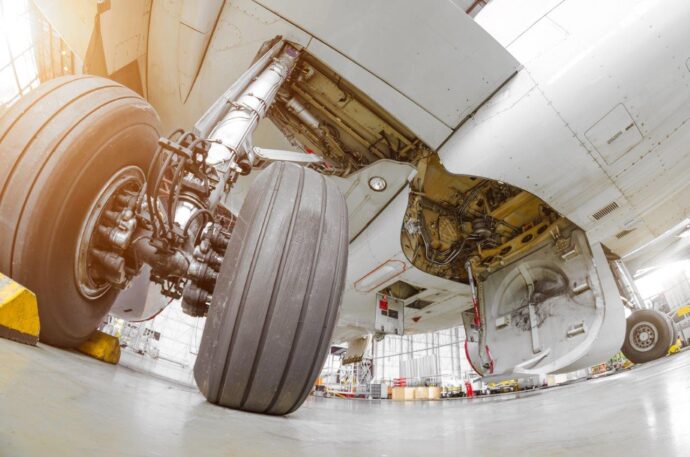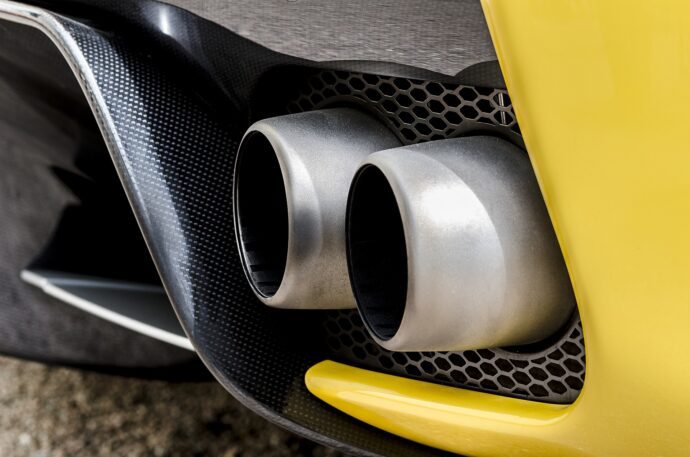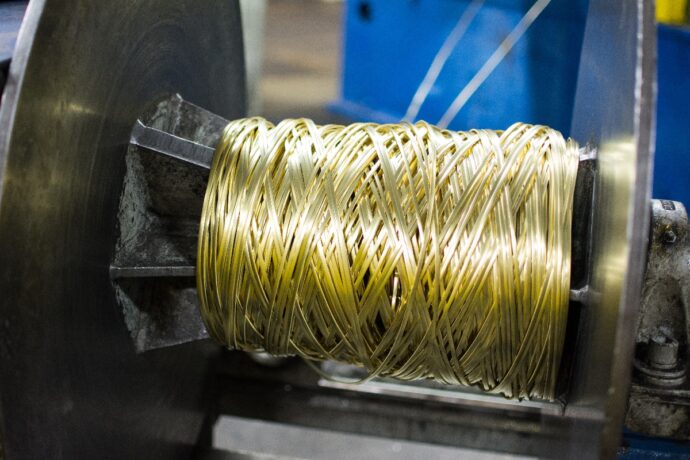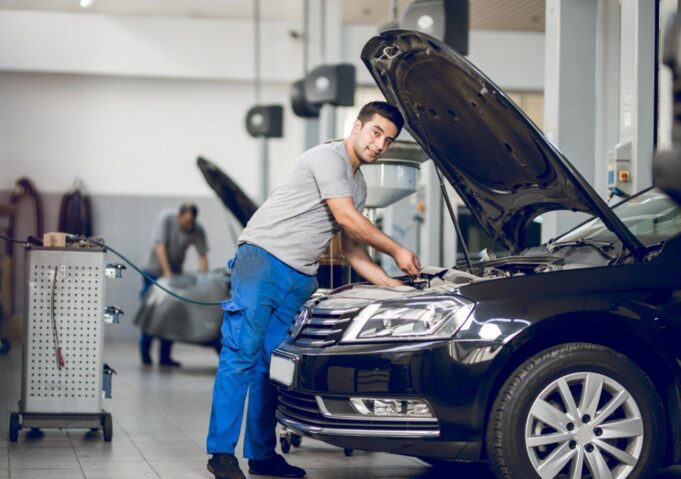In the automotive industry, there has been a shift in focus in recent years toward the energy efficiency and environmental compliance of vehicles of all kinds. When it comes to sports cars, moves are being made to improve the strength and weight of newer models and one of the materials being implemented to do just that is stainless steel. With this in mind, let’s take a look at the various applications of this metal alloy and the array of advantages that it offers to manufacturers everywhere.
Stainless steel applications for vehicles
The average passenger car uses about 15 to 22 kilos of stainless steel. Mainly found in the exhaust system, stainless also occurs in sundry small parts. Stainless steel has been used in long distance and commuter trains since the 1930s. Today, U.S. high-speed trains or Sweden’s X2000 are impressive example of stainless in rail transport application. Bus bodies, too, are increasingly made of stainless steel and some tram fleets are now clad in stainless. Major, new automotive applications are in the pipeline, and transport uses are set to gain ground. These days, automobile constructors have to build lightweight vehicles. In the past, the only alternative to conventional materials has been so-called light metals. These, however, are expensive, and lend themselves ill to welding. Stainless steels have outstanding mechanical properties. Combining exceptional weldability and formability, they enable designers to make stainless steel parts as light as their “light metal” counterparts. The number of parts can often be reduced and assembly complexity optimised. Stainless steel can thus have economic benefits over competing materials.
There are two main reasons why the switch is being made to stainless steel; its quality as a material and the durability it offers. For maximum efficiency, strength and performance without the heavy weight of other metal alloys and materials, it’s certainly growing in use across the industry.
Standard places to see stainless steel

One of the first applications that comes to mind with stainless steel is the exhaust pipe. As this tends to have the highest contact with internal pollutants, it needs to be as durable as possible to minimise corrosion. The great news is that it looks as good as it performs for those who may be concerned about aesthetics. As it can be heat-treated to fit requirements, car manufacturers and buyers can expect seamless stainless steel pipes and seamless stainless steel tubes for the ultimate fine finish.
Most cars have stainless in the exhaust, around the catalytic converter area. This is the main, well established automotive growth market for stainless steels. Exhausts release polluting hydrocarbons (HC), carbon monoxide (CO) and nitrogen oxides (NOx) into the atmosphere. The catalytic converter became a must in densely populated urban regions of the U.S. and Japan in the 1970s and has since become obligatory in many parts of the world. It changes HC, CO, and nitrogen oxides into harmless water, carbon dioxide, and nitrogen. However, its action changes the temperature and the corrosive conditions in the system. Non-corrosive materials are thus needed to prevent rusting.
There are other parts that can benefit from its potential too however, and upgrading to a stainless blind flange, a stainless elbow, a stainless reducer, a stainless weld neck flange, a stainless concentric reducer and more can be a worthwhile idea. You can find out more about the parts you need here at www.en.stainlesseurope.com.
The wider picture
Stainless steel can also be used in the framework of automobiles, as it is light yet sturdy and long-lasting – and this is one of the biggest reasons why it is being adopted more and more in recent years. With stainless steel bars, stainless hollow bars and a stainless round bar integrated into the framework, the better the vehicle is likely to perform. It can also be used for stainless steel pipes and stainless steel tubes internally for added peace of mind when designing vehicles that prioritise performance.
As a supporting feature, its austenitic stainless steel grade (its hardening rate) is high, meaning that it absorbs larger quantities of force than standard structural steel. Overall, it has a higher safety rating when used in car-builds, increasing passenger safety.
The benefits of stainless steel in vehicle manufacture

There are simply so many advantages to incorporating stainless steel in cars and other vehicles – here’s a look at just 3:
1. Strength, versatility and resistance
There are different materials that can be added to stainless steel to enhance its strength and make it a much more versatile alloy to work with. For example, combining nickel, molybdenum, or nitrogen will improve its resistance to corrosion. This is an important feature, as vehicles are prone to dirt build-up, often exposed to water and can be subject to pollutants both internally and externally.
Another great feature is that stainless steel is resistant to extreme temperatures and an even greater intensity can be achieved using higher levels of carbon during manufacture, or adding aluminium, silicon, nitrogen and more. In some instances, this will allow the tubing to be thinner, reducing the weight of the vehicle even further.
2. Corrosion
On cars, pipework is most commonly affected by corrosion, namely rusting, but this is all but negated when stainless steel is used over traditional steel and iron. A fantastic application for this is fuel lines, even where stainless flanges, stainless plate flanges, stainless reducing tees, stainless straight tees and traditional stainless tees are concerned. Most of these were originally constructed using plastic, but as it has a low temperature threshold and can’t be repaired as easily as stainless steel, there are new considerations being made.
3. Value
When talking about the advantages of stainless steel, its affordability shouldn’t be overlooked. Not only is it relatively cheap to buy, but it also requires simpler/less maintenance and suffers from external damage far less often than other materials.

Stainless steel is a great metal alloy for the automotive industry
While there are already many applications for stainless steel in vehicles, its capabilities are still being researched. This is good news, as we can expect even more from its use in the industry in the future. For all your stainless steel needs, why not stop by www.en.stainlesseurope.com today?















